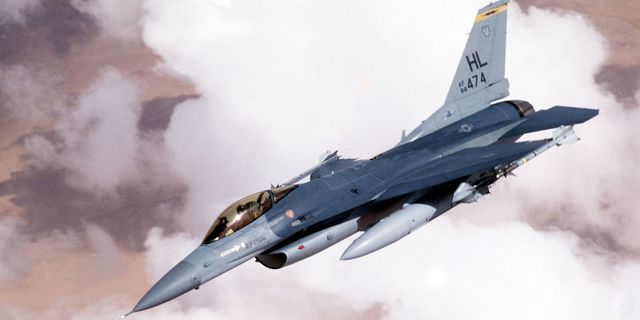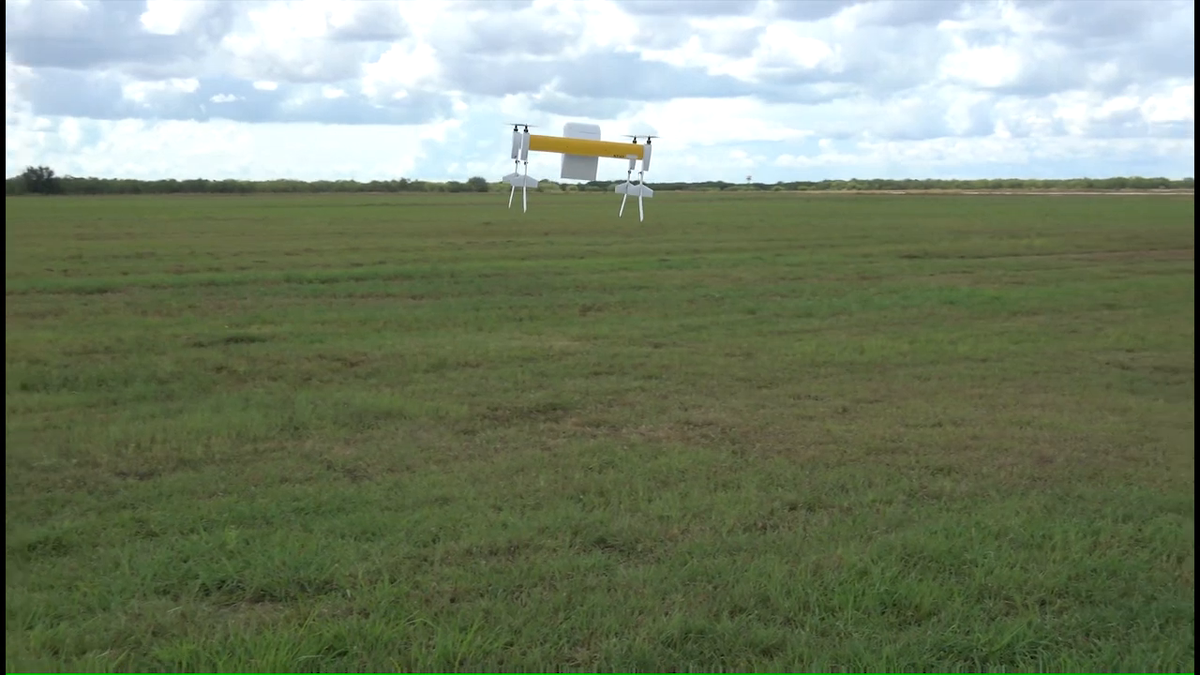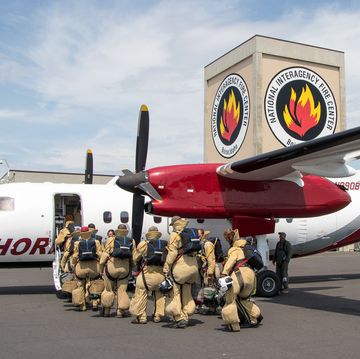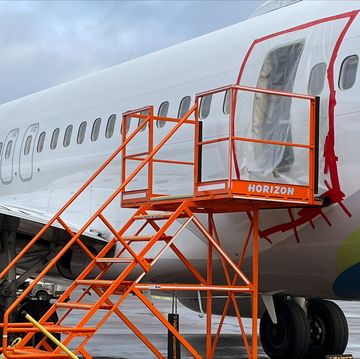In May of this year, an international F-16 student pilot was undergoing basic maneuver training over the southwestern United States when he experienced G-induced loss of consciousness (also known as G-LOC) as he rolled and started to pull his F-16, experiencing around 8.3g. The U.S. Air Force instructor in another F-16 called out "Two recover!" three times as the unconscious student fell into a steepening dive in full afterburner, reaching supersonic speeds around 652 knots, or 750 mph.
After plummeting from an altitude of about 17,000 feet to 8,760 feet, the Automatic Ground Collision Avoidance System (Auto-GCAS) onboard the F-16 executed a recovery maneuver—a roll-to-upright and 5-G pull until ground clearance is certain—which certainly saved the student from a fatal crash. The student came to during the recovery maneuver and pulled back on the stick, temporarily increasing the F-16's G-pull from 5g to 9.1 before climbing back above 12,000 feet.
The entire incident, from loss-of-consciousness to the Auto-GCAS recovery, took only about 30 seconds. Recently declassified footage from the U.S. Air Force shows the dive through the HUD of the student's F-16.
Auto-GCAS was introduced to the Air Force's F-16 fleet in 2014. Developed jointly by Lockheed Martin, NASA, and the Air Force Research Laboratory over the course of three decades, Auto-GCAS is designed to execute a collision avoiding maneuver when the projected trajectory of the aircraft comes into contact with the terrain profile. This is exactly what occurs at the 33-second mark in the video above, when the two V-shaped icons on the HUD come together.
Since 2014, Auto-GCAS has four confirmed "saves" of an aircraft and its pilot, according to Aviation Week. An Automatic Air Collision Avoidance System (Auto-ACAS) was also recently developed, and the 416th Flight Test Squadron at Edwards AFB is working to combine the air-to-air and air-to-ground collision avoidance software into one Automatic Integrated Collision Avoidance System (Auto-ICAS)—the first all-around collision avoidance system for production aircraft. The squadron is also working on a Hybrid Flight Control Computer that will give older analog F-16s the ability to run the software required for the Auto-ICAS.
As we continue to push the physical limits of aircraft as well as pilots, autopilot recovery systems are more important than ever.
Source: Aviation Week

Jay Bennett is the associate editor of PopularMechanics.com. He has also written for Smithsonian, Popular Science and Outside Magazine.













